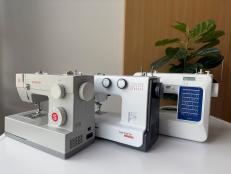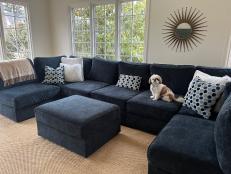7 Adorable Mamas and Their Babes: Sheep, Goats and Chickens!
The only thing cuter than a baby animal? Baby animals with their mothers.
Chicken Breeds Ideal for Backyard Pets and Eggs
Popular picks for backyard flocks, these breeds rate high for their friendly personalities, beauty or unusual looks, hardiness in hot and cold climates, and reputations as good egg layers.
Chicken Coops for Backyard Flocks
Want to raise chickens but not sure what type of coop is best for your backyard? These 11 stylish hen houses will help you decide whether to buy one or design and build one yourself — plus how to make a coop work with your landscape.














































